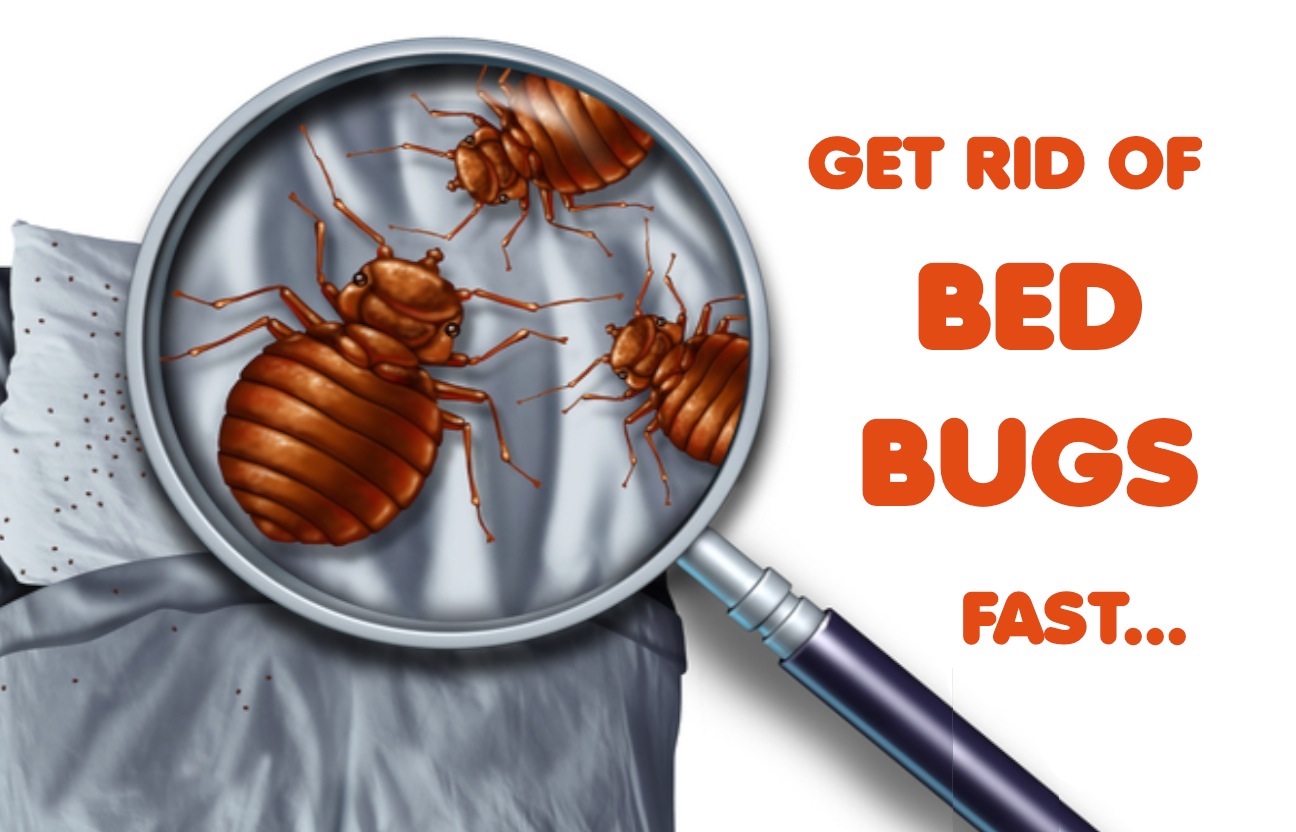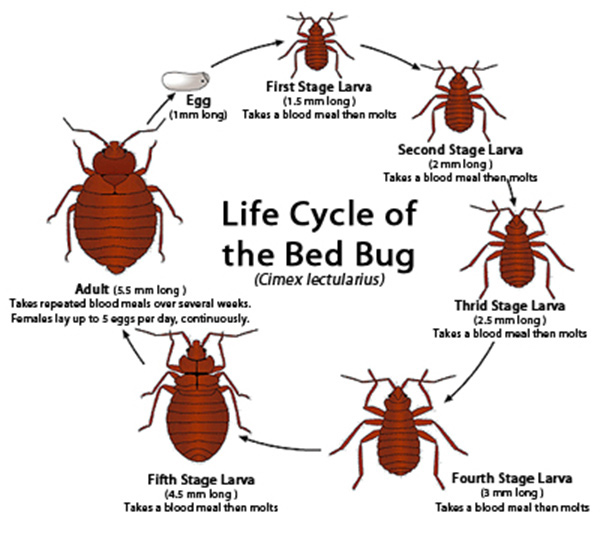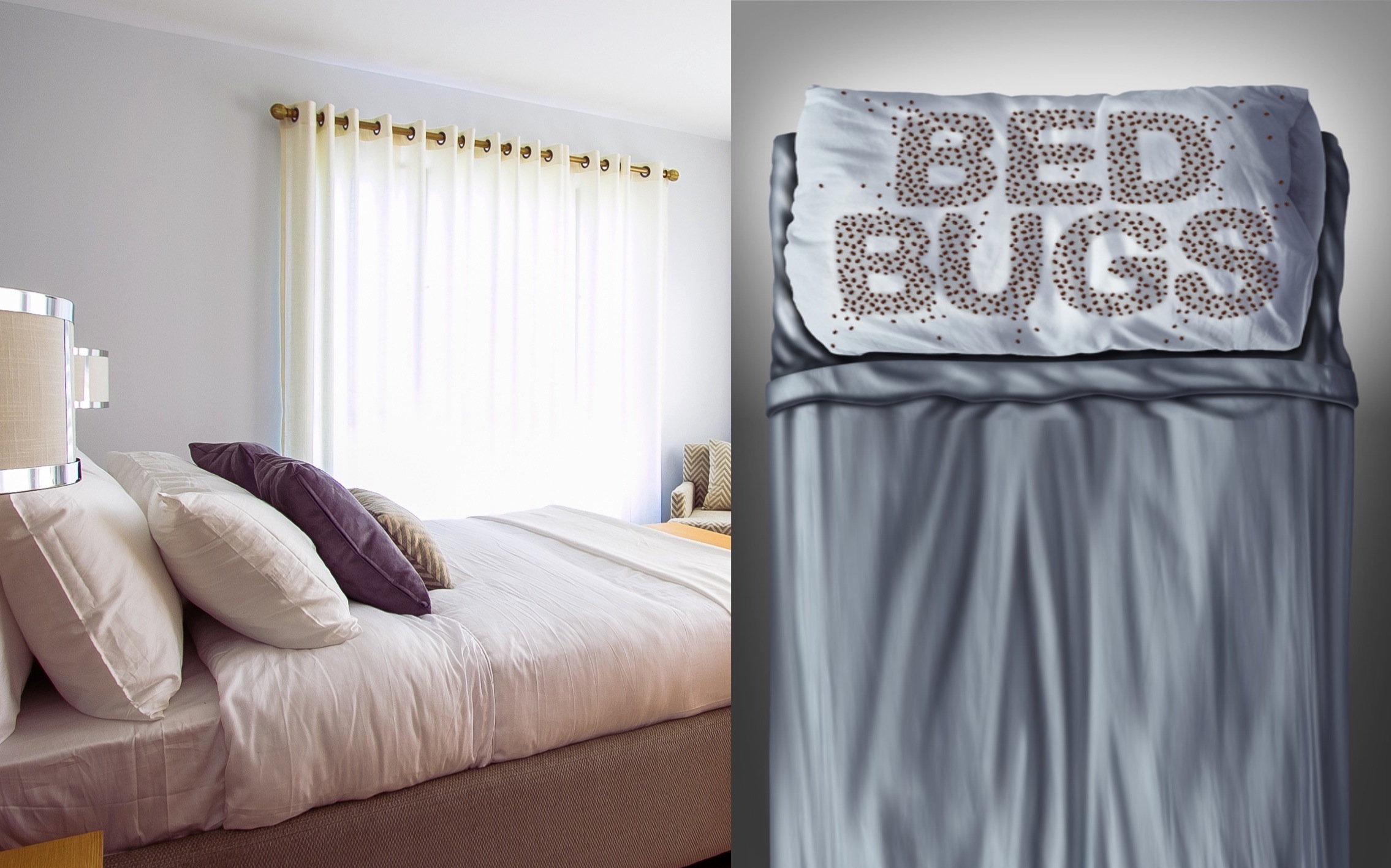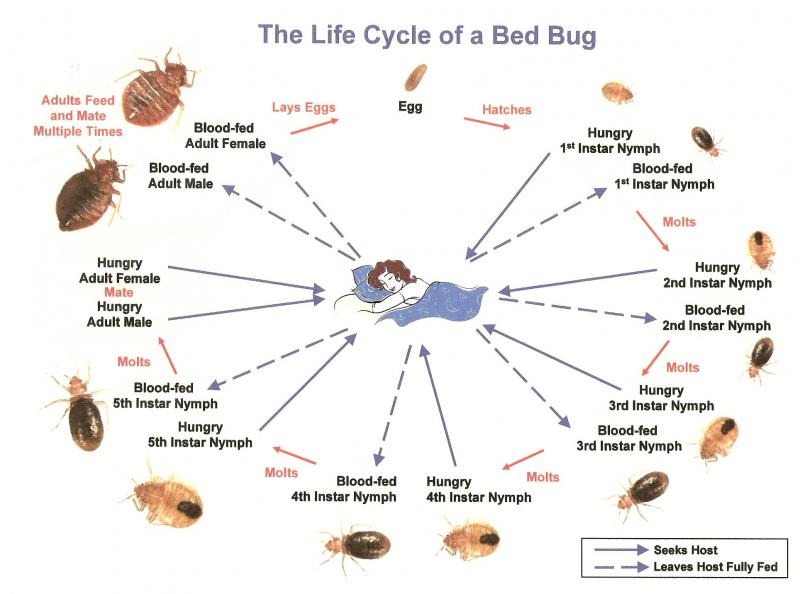The bed bug life cycle is something that needs to be understood to help in the treatment of an infestation. If you are experiencing a bed bug problem in the London area, it’s important that you get in touch with us immediately to eliminate the problem.
Bed bugs are one of the most difficult pests to have to control, and an infestation can get out of control really quickly. Knowing the life cycle of a bed bug and the different bed bug life stages means you can prevent them. There are lots of different bugs that are similar to the bed bug, so knowing what bed bug eggs look like, and bed bug habits will help you to determine whether you have an infestation in your home.
Bed Bug Reproduction
How often do bed bugs breed? The answer to that is very quickly, and knowing how long bed bugs live for (the answer is a couple of years if left untreated) shows you just how quickly an infestation can get out of control.
The bed bug life cycle starts with the bed bugs reproducing. The whole bed bug life cycle is very fast, and they reach adulthood within a month.
When a female bed bug is pregnant it tends to be very traumatic for her, and she will most likely isolate herself and hide. This is thought to be the cause for why bed bugs hitchhike so much onto our personal belongings such as backpacks and luggage. Bed bugs are a danger when you are travelling, and you can also find them in places such as schools, libraries, office buildings and even the back of taxis.
The Bed Bug Life Cycle
Here we are going to go into the bed bug life cycle in more depth, and look at the five phases that the cycle can be described in.
- A bed bug’s life begins as an egg, as so many other insects do. Female bed bugs can lay between five and twelve eggs every day, which over time makes a lot of bed bugs, and a serious problem. A bed bug egg is around the size of the head of a pin, are milky-white, and look like a grain of rice. The females will lay these eggs in cracks and crevices around your home. Typical places include between floorboards, in skirting boards and in your mattress. Just one female bed bug can lay 500 eggs during her lifetime.
- Within seven to seventeen days the eggs will start to hatch, all depending on the temperature of the room. The newly emerged nymphs are tiny, only around 1.5mm long and remain almost transparent until their first feed. Because of this they are incredibly difficult to see. Nymphs then turn a yellow or white colour as they grow. Before they reach adulthood, they moult their outer exoskeleton around five times so they can grow.
- At the third stage, the nymph is around 2mm long. Bed bugs will continue to moult and take their first blood meal. You can easily recognise the bed bug nymphs at this stage because they start to get a reddish brown stain on their back. The more they continue to feed, the larger and redder they become.
- During this stage, the bed bug nymphs are at 3mm long. This is when they start to look more like an adult bed bug. Their colour is more of a dark yellow, they are much bigger and have a more distinct rust coloured stain on their back.
- The final stage of the bed bug life cycle is the final moulting. At this stage the nymph will be 4.5-5.5mm long and their colouring is a much darker, rust-like colour.
Bed Bug Prevention
Bed bug prevention is key to stopping these horrible pests in their tracks. It is helpful to have the proper understanding and knowledge of how to spot and eliminate breeding conditions. That will greatly assist you in preventing bed bug infestations. Bed bugs can infest and breed in any part of your home, despite their name. You are likely to most commonly find them in bedding, mattresses, box springs and bed hardware. However, it’s vital to monitor your entire home to stop bed bug infestations.
Eradicating a bed bug infestation can be expensive and time-consuming. Here at Empire Pest Control in London, we use specialist bed bug heat treatment that makes sure that the infestation is eliminated completely and thoroughly the first time. We also have some great tips that can prevent your home from being infested again in the future.
Don’t risk your or your family’s safety when it comes to bed bugs. Seek out the professional help of an expert pest controller to ensure that bed bugs are removed completely from your home.







Leave a Reply